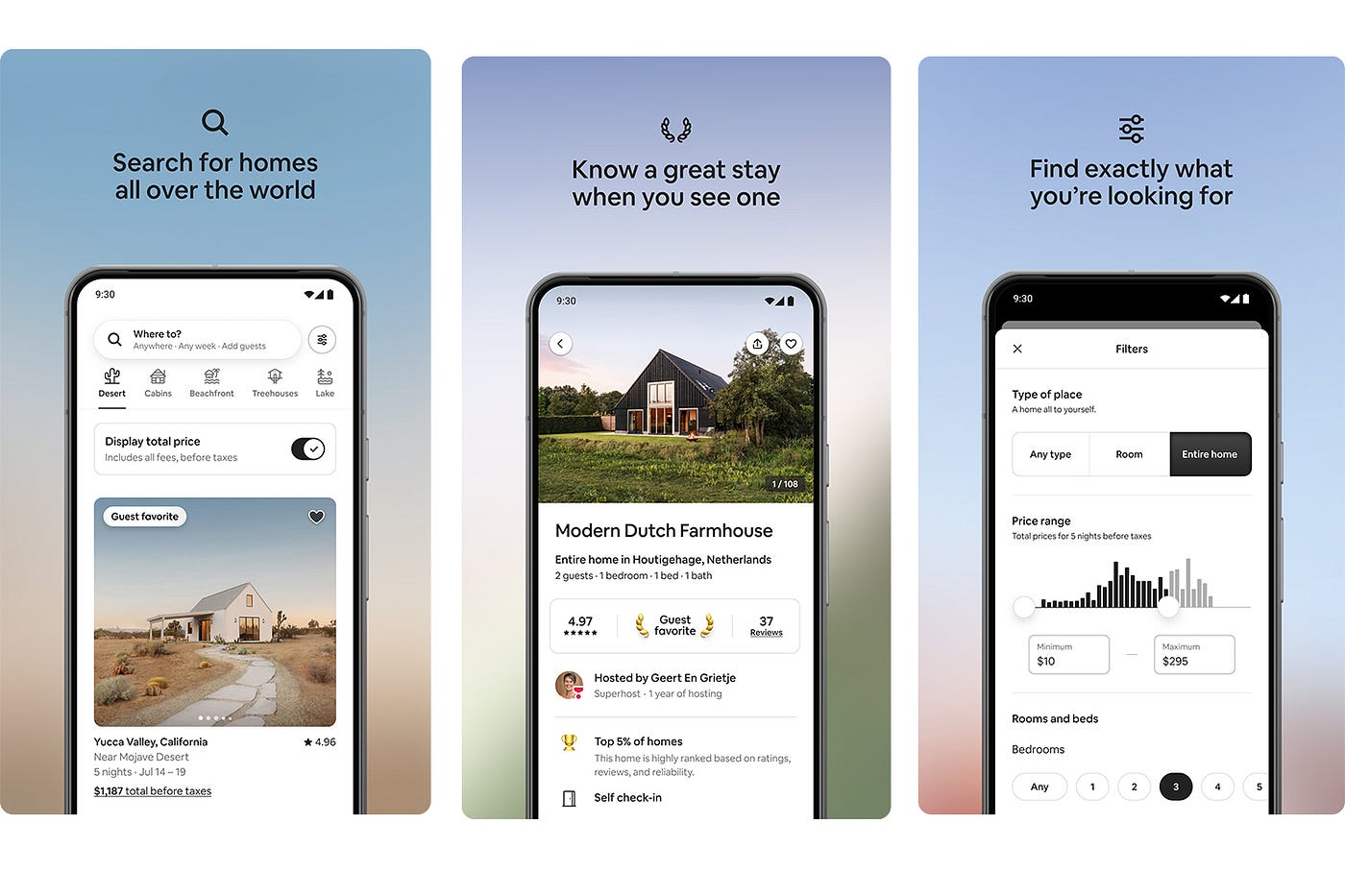Introduction: The Evolution of Digital Consumption
In the era of fast-paced digital media, the way consumers interact with content has drastically shifted. Articles, once confined to print or long-form online pieces, have evolved to meet the new demands of an audience that’s increasingly mobile, visually oriented, and pressed for time. With attention spans shrinking and multitasking becoming the norm, digital articles must continuously adapt to engage readers.
To understand how articles adapt to these changing demands, we must explore several factors, including technological advancements, content formats, SEO strategies, and evolving reader expectations.
1. The Rise of Mobile Consumption: Articles on the Go
The surge in smartphone use over the past decade has profoundly impacted how articles are consumed. According to recent reports, over half of global web traffic comes from mobile devices. This shift has forced content creators to rethink article formats, layout, and even writing styles.
Short-form Content: The Age of Snappy Headlines and Subheadings
As readers become accustomed to scrolling through newsfeeds and social media platforms, the demand for bite-sized information has skyrocketed. Articles now need to be skimmable. This means shorter paragraphs, punchy headlines, subheadings, and bullet points that allow readers to find information quickly.
Tip: Use concise, attention-grabbing titles and subheadings to keep the reader’s interest piqued from the get-go.
Mobile-First Design: Streamlining Layouts for Small Screens
Responsive design is more critical than ever. Articles today are optimized for mobile consumption, which means images, videos, and text need to be displayed neatly on smaller screens. This includes making sure the page loads quickly, buttons are large enough for easy clicking, and text is legible without the need for zooming in.
Best Practices:
- Large font sizes
- Minimalist design with white space
- Clean, distraction-free layouts
2. Visual Storytelling: The Power of Multimedia
While text is still king in most articles, digital content is becoming increasingly multimedia-rich. Readers today expect articles to incorporate images, infographics, videos, and even interactive elements like quizzes or polls to enhance the experience.
Infographics and Visual Summaries

Long-form articles that delve into complex topics can benefit from visual summaries. Infographics, for instance, can turn dense statistics or data-heavy sections into easy-to-understand visuals, ensuring that the reader remains engaged.
Example: A financial article explaining market trends can include a graph showing the year-over-year growth, making it much easier for the reader to digest the information.
Embedded Videos: Keeping the Audience Engaged
Videos are a powerful tool to make articles more engaging. Platforms like YouTube have shown that viewers prefer videos for tutorials, news updates, and product demonstrations. Embedding a relevant video within an article not only retains the reader’s attention longer but also provides the content in a more digestible format.
Best Practice: Keep videos short (under 3 minutes) and related to the article’s content to maintain reader interest.
3. Personalization and AI: Tailoring Articles to Individual Preferences
With the rise of data analytics and AI, article customization has taken on new dimensions. Modern content platforms and websites now gather data on a user’s preferences, past reading habits, location, and even social media activity. This information can be leveraged to personalize articles to fit the reader’s tastes.
AI-Driven Recommendations: Relevant Content, Always
Thanks to machine learning algorithms, readers are now often served articles based on what they’ve previously read, searched for, or interacted with. This personalized approach increases engagement by ensuring that the content the reader sees aligns with their interests.
Example: An online fashion magazine might recommend articles about the latest trends in winter coats, based on a user’s browsing history or location data.
Dynamic Content: Adapting in Real-Time
Not only can content be recommended based on the user’s behavior, but some websites are even offering dynamic content that adapts in real-time. For example, an article might change its title or introductory paragraph based on the reader’s location, language, or interests.
Best Practice: Implementing AI tools like chatbots or personalized recommendation engines can make articles feel more tailored and engaging.
4. SEO and Clickbait: Navigating the Balance
As articles are increasingly designed to attract traffic, Search Engine Optimization (SEO) has become a central focus. With billions of articles published every day, it’s essential that content ranks well on search engines. However, there is a fine line between effective SEO practices and the controversial world of clickbait.
Keyword Optimization: A Strategic Approach
SEO isn’t just about stuffing articles with keywords anymore. Today’s SEO is more sophisticated, focusing on natural keyword placement and content relevancy. To rank higher on search engines, articles must meet both user intent and search engine algorithms.
Best Practice: Use long-tail keywords, focus on quality over quantity, and ensure that the content genuinely answers the questions your audience is asking.
The Dangers of Clickbait: Why It Doesn’t Work Anymore
Clickbait might have been the king of attracting clicks in the past, but today’s savvy digital consumers are quick to identify misleading headlines. Instead of focusing solely on attracting clicks, articles need to deliver value. Engaging titles are important, but they must accurately represent the content that follows.
5. Interactive and Immersive Content: The Future of Article Engagement
With advancements in technology like augmented reality (AR) and virtual reality (VR), the future of article consumption looks even more immersive. These technologies are slowly finding their way into content creation, providing users with an interactive and often gamified experience.
Interactive Articles: Letting Readers Explore
Interactive articles allow readers to dive deeper into content by offering clickable elements, polls, quizzes, or maps that they can interact with. For example, an article about climate change might allow readers to click on various regions of the world to explore how the effects of climate change differ from one place to another.
Example: A travel blog might feature an interactive map that allows readers to click on various destinations and view related articles, travel guides, or accommodations.
AR and VR: Taking Immersion to the Next Level
Augmented reality and virtual reality are still in their infancy, but early experiments show their potential. Imagine reading an article about ancient Roman history, where, instead of just reading text, you could use AR to visualize ancient monuments as they would have appeared centuries ago.

6. The Social Media Shift: Articles as Shareable Assets
Social media plays a huge role in how articles are consumed today. When articles are designed for shareability, they’re not only more likely to go viral, but they also tap into a global conversation. Readers, now more than ever, want content they can easily share with their followers or friends.
Optimizing for Social Sharing
The integration of social media buttons on articles has become standard practice, allowing readers to quickly share content across platforms like Twitter, Facebook, and LinkedIn.
Best Practice: Make sure your article’s headline is short and engaging, as this is the first thing that will show up when shared on social media.
Creating “Share-Worthy” Content
For articles to gain traction, they need to resonate emotionally or intellectually with readers. Whether through humor, controversy, or valuable insights, creating content that speaks to your audience’s interests and emotions will increase the likelihood that your article gets shared.
7. The Influence of Data Analytics: Understanding Reader Behavior
Digital content is evolving thanks to the rise of data analytics. Writers, editors, and marketers are now able to track exactly how readers interact with articles. Metrics such as time spent on a page, bounce rate, and scroll depth help content creators fine-tune their articles to better meet the needs of their audience.
Refining Content Through Metrics
Data analytics offers insight into what parts of an article engage readers the most, allowing content creators to adjust and refine their strategies. Articles are no longer static—they’re living, breathing entities that can evolve based on real-time feedback.
Conclusion: The Future of Digital Articles
As digital consumers continue to evolve, so must the articles that serve them. By adapting to changing demands through mobile optimization, visual storytelling, personalization, and interactive elements, content creators can stay ahead of the curve. Technology, data, and audience-centric strategies will remain the driving forces behind the transformation of digital articles.












































